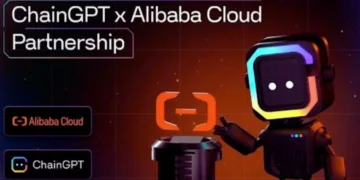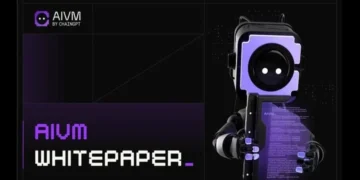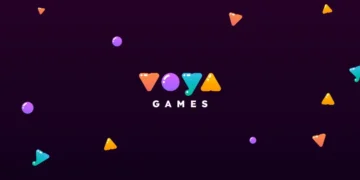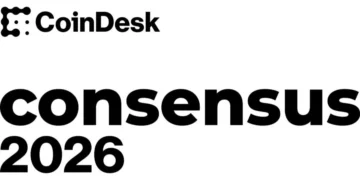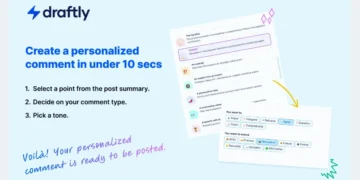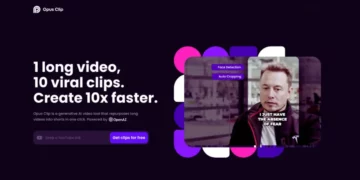The recent release of Meta’s Llama 3.1 model has generated significant buzz in the tech community. Unlike previous models, this version, known as 405B, is not only open-source but also promises to compete head-to-head with giants like OpenAI’s GPT-4o.
Open Innovation vs. Proprietary Models
Mark Zuckerberg, CEO of Meta, has reiterated his commitment to open general intelligence. The Llama 3.1 model is not only open-source, allowing developers to modify and adapt it to their needs without restrictions, but it is also designed to be extremely cost-efficient in its operation—something not seen in closed models like GPT-4o.
We have always highlighted the importance of accessibility in technology. Meta’s decision to make Llama 3.1 fully accessible through platforms like Hugging Face marks a significant shift in how companies are starting to recognize the importance of open access.
Performance in Benchmarks
However, the real conversation heats up when we talk about performance. Llama 3.1 has demonstrated superiority in areas such as mathematical reasoning, achieving an impressive 96.82% on the GSM8K benchmark, surpassing GPT-4o’s 94.24%. However, in coding tasks, GPT-4o remains the leader with a 92.07%, showing that there is still ground to cover for Llama 3.1.
Multilingualism and Global Communication
Imagine conversing fluently in Italian or Thai with just the help of a chatbot. Llama 3.1 supports multiple languages, including Spanish, Portuguese, Italian, German, Thai, French, and Hindi. This multilingual capability is crucial for global applications, something GPT-4o also excels at, though its focus is more on understanding complex languages and handling ambiguities.
I believe this focus on multilingualism not only democratizes the use of AI but also fosters a more natural and rich interaction with technologies that once seemed distant. This is vital in a world where language barriers still represent a significant challenge.
Pros and Cons of Each Model
Below is a detailed list of pros and cons for Llama 3.1 and GPT-4o based on various sources:
Llama 3.1
Pros:
- Creativity and Problem Solving: Llama 3.1 excels at generating creative and engaging content, enhancing user interaction with its friendly and positive tone.
- Token Efficiency: It uses a tokenizer that generates up to 15% fewer tokens than previous models, improving efficiency.
- Accessibility: As an open-source model, it allows for extensive customization and community collaboration. It is also available on multiple platforms like AWS, Google Cloud, and Microsoft Azure.
Cons:
- Performance in Complex Tasks: It struggles with complex mathematical calculations, advanced coding tasks, and reasoning that requires deep technical knowledge.
- Multilingual Limitations: Although it supports several languages, its performance is limited in non-English languages compared to English.
- Security and Early Development: Despite having built-in systems to ensure safe interactions, some capabilities, such as multimodal and multilingual support, are still in development and not fully realized.
GPT-4o
Pros:
- Human-Computer Interaction: Designed to provide more natural and human-like interactions, improving in the understanding and generation of human-like text.
- Multimodal Capability: Excels in handling text, image, and audio inputs, making it widely accessible through popular tools and services.
- Versatile Applications: Its design allows for a broader range of applications, suitable for sectors like finance, education, and customer service.
Cons:
- Privacy and Transparency: Faces criticism for the lack of transparency in its training data and development. The models can perpetuate unintended stereotypes or disseminate unreliable information.
- Cost: GPT-4o is considerably more expensive to operate compared to open-source models like Llama 3.1.
- Limited Access and Customization: As a closed-source model, users have limited access and cannot customize or adjust the model as freely as open-source models.
Both models have distinct strengths and weaknesses that make them suitable for different applications and needs. While Llama 3.1 offers greater accessibility and customization, GPT-4o excels in handling multimodal tasks and providing more natural and human-like interactions.
Costs and Accessibility
Let’s take a moment to reflect on costs. Have you ever thought about what it means to halve the operational costs of such advanced technology? According to Artificial Analysis, the FP8 model of Llama 3.1 could position itself as a much more accessible alternative compared to other cutting-edge models. This is particularly relevant for startups and small businesses looking to implement AI solutions without compromising their budget.
The Future of Chatbot Interaction
GPT-4o still holds a significant advantage with its new voice and vision feature, which is incredibly realistic and fast. The ability of a model to interact not only through text but also via visual and auditory elements will completely change our relationship with technology.
Conclusion
The competition between Llama 3.1 and GPT-4o showcases the rapid advancements in AI technology. Llama 3.1’s open-source nature and cost-efficiency make it an attractive option for developers and businesses looking for customizable AI solutions. Its performance in mathematical reasoning and multilingual support highlights its potential in various applications. On the other hand, GPT-4o continues to excel in multimodal capabilities and natural language interactions, making it suitable for a broader range of industries. As AI technology evolves, the choice between open-source flexibility and proprietary performance will depend on specific needs and resources.
FAQs
Q: What makes Llama 3.1 different from GPT-4o?
A: Llama 3.1 is an open-source model that allows for customization and cost-efficiency, whereas GPT-4o is a closed-source model known for its superior performance in multimodal tasks and human-like interactions.
Q: How does Llama 3.1 perform in benchmarks compared to GPT-4o?
A: Llama 3.1 outperforms GPT-4o in mathematical reasoning, with a higher score on the GSM8K benchmark. However, GPT-4o remains ahead in coding tasks.
Q: Can Llama 3.1 support multiple languages?
A: Yes, Llama 3.1 supports several languages, including Spanish, Portuguese, Italian, German, Thai, French, and Hindi. GPT-4o also supports multiple languages with a focus on complex language understanding.
Q: What are the main advantages of using Llama 3.1?
A: Llama 3.1 offers creativity in content generation, token efficiency, and extensive customization due to its open-source nature. It is also available on various cloud platforms.
Q: What are the limitations of GPT-4o?
A: GPT-4o faces criticisms for lack of transparency in its training data, higher operational costs, and limited customization options compared to open-source models like Llama 3.1.
Q: How do the costs of operating Llama 3.1 compare to GPT-4o?
A: Llama 3.1 is more cost-efficient to operate, making it a more accessible option for startups and small businesses. GPT-4o, while more expensive, offers advanced features that may justify the higher cost for some users.
Q: What is the future potential for Llama 3.1 and GPT-4o?
A: Both models have significant potential in different areas. Llama 3.1’s open-source flexibility and cost-efficiency are ideal for developers and businesses seeking customizable solutions. GPT-4o’s multimodal capabilities and natural interactions make it suitable for diverse applications across various industries.
Follow us on our social networks and keep up with everything that happens in the Metaverse!
Twitter Linkedin Facebook Telegram Instagram Google News
Recent Posts
- Proof of Work vs Proof of Stake: Which is better in 2025?
- Coinstore Spearheads “No Pizza, No Peace”: Where Crypto Meets Social Responsibility
- VOYA Games Raises $5 Million to launch Craft World, the Highly Anticipated Dinosaur Apocalypse Crafting Game
- Cake Wallet Just Made Bitcoin Privacy Effortless
- Bitcoin Brownies: How to Crypto-Crunch your way to Dessert Profits
